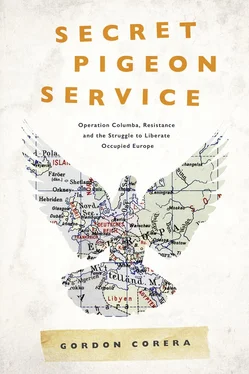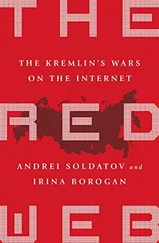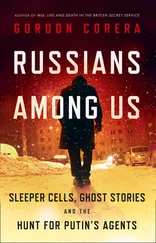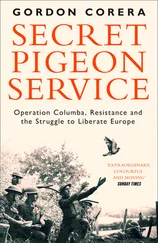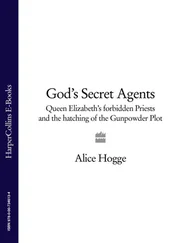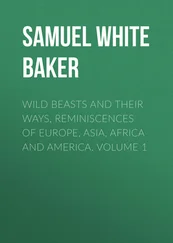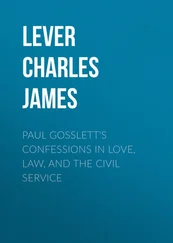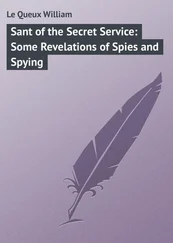By April 1941, Columba was ready. Each container would be attached to a three-and-a-half-foot parachute. On the outside of the container was an envelope with a questionnaire, some rice paper for the return message and – thoughtfully – a pencil, as well as a bag containing ½ lb of pigeon food. Instructions explained that the parachute must be disposed of, and that the pigeon should be fed an eggcupful of corn a day and allowed to stretch its wings a little.
The questionnaire would be in French or Dutch, depending on the drop site. It included a run-down of the information Britain sought, compiled by the organizations that were customers of Columba’s information – Military Intelligence, the Air Ministry, the Admiralty and the BBC. Top priority was anything on a planned invasion of England, followed by details of any troops in the area, enemy morale, significant addresses the Germans were using, the location of aerodromes, the effect of any recent bombs dropped by the Allies, and finally – in an example of early audience research – the extent to which people could hear BBC radio clearly and their views of the service it provided. It ended with the words: ‘Thank you. Take courage. We will not forget you.’
Instructions showed how to correctly clip the small green cylinder onto the pigeon’s leg again once the questionnaire had been filled in. Also enclosed was a copy of the latest edition of either a French, Belgian or Dutch resistance newspaper printed in London (or in some cases the Daily Mail ). The idea was that this would provide assurance to the recipient that the bird had come from England and would return there when released.
No one was quite sure it would work. One official reckoned there were four options for a pigeon. It might not be found and simply die. It might be picked up by a local, as hoped, and a message sent back. Or it could be picked up by the Germans and dispatched back with a fake message. There was a final option – ‘they may be picked up by a hungry patriot and find themselves in a pigeon pie.’ The scepticism was shared by the RAF pilots who were asked to drop the birds. Perhaps reflecting their own sense of humour, they were convinced that any questionnaires that did come back would be filled with obscene messages from the Germans. But most, they thought, would not even get that far. ‘In our jaundiced opinion most of them ended up on the dining table!’ a pilot reckoned. That may have been true for many of the birds. But not all.
On the night of 8 April, an RAF Whitley took off from Newmarket making for Belgium on Columba’s first run. The plane was attacked by anti-aircraft fire near Zeebrugge but the Germans on the ground were wide of the mark. The rear gunner on the RAF flight even managed to take out one of the searchlights. The plane headed for the Franco-Belgian border and the dispatcher was told to ‘commence operations’. The pigeons in their containers were pushed out.
At Columba’s HQ in the War Office, they sat and waited.
Конец ознакомительного фрагмента.
Текст предоставлен ООО «ЛитРес».
Прочитайте эту книгу целиком, купив полную легальную версию на ЛитРес.
Безопасно оплатить книгу можно банковской картой Visa, MasterCard, Maestro, со счета мобильного телефона, с платежного терминала, в салоне МТС или Связной, через PayPal, WebMoney, Яндекс.Деньги, QIWI Кошелек, бонусными картами или другим удобным Вам способом.
